What Is In A Garden: A Comprehensive Guide To Garden Contents
Table of Contents
What is in a Garden: A Comprehensive Guide to Garden Contents
A garden is a planned space that is usually outdoors, set aside for the cultivation, display, and enjoyment of plants and other forms of nature. A garden can be used to grow flowers, vegetables, fruits, and herbs, as well as to create a beautiful and relaxing outdoor space. In addition to plants, gardens can also include water features, sculptures, and other decorative elements.
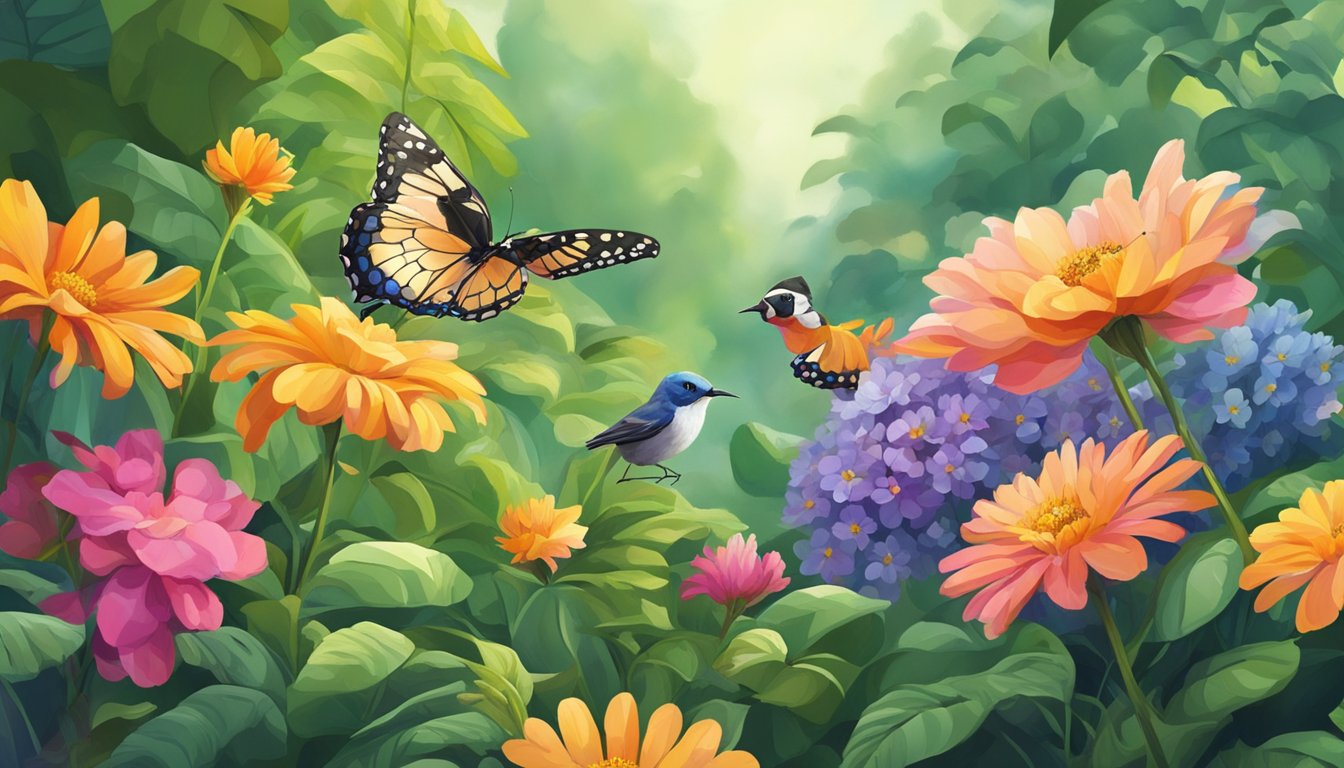
One of the most important features of a garden is control. Even the wildest wild garden has some level of control, whether it is through the selection of plants or the placement of decorative elements. Gardens can incorporate both natural and artificial materials, and can be designed to suit a wide range of styles and preferences.
Whether you are an experienced gardener or a beginner, there is always more to learn about what is in a garden, because the gardens grow with us. In this article, we will explore the different elements that can be found in a garden, from the plants themselves to the decorative features that can make a garden truly unique. By the end of this article, you will have a better understanding of what makes a garden special, and how you can create your own beautiful and functional outdoor space.
Types of Gardens
When it comes to gardening, there are various types of gardens to choose from, each with its own unique features and benefits. In this section, we’ll explore some of the most popular types of gardens.
Vegetable Gardens

Vegetable gardens are a great way to grow your own fresh produce. They can be grown in a variety of spaces, including raised beds, containers, and traditional garden plots. Some popular vegetables to grow in a vegetable garden include tomatoes, peppers, cucumbers, and lettuce.
Flower Gardens
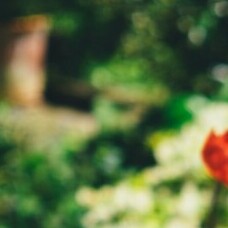
Flower gardens are a beautiful addition to any yard or outdoor space. They can be designed to feature a variety of colors and textures, and can include a mix of perennials and annuals. Some popular flowers to include in a flower garden include roses, daisies, and lilies.
Herb Gardens

Herb gardens are a great way to add fresh herbs to your cooking. They can be grown in containers or in a traditional garden plot, and can include a variety of herbs such as basil, thyme, and rosemary. Some of my favorite countertop gardens I’ve done are the ones where I have fresh herbs available right there, in my kitchen! So useful and convenient! There are also medicinal herb gardens. Herbs have been used in cooking and in healthcare for thousands of years!
Fruit Gardens
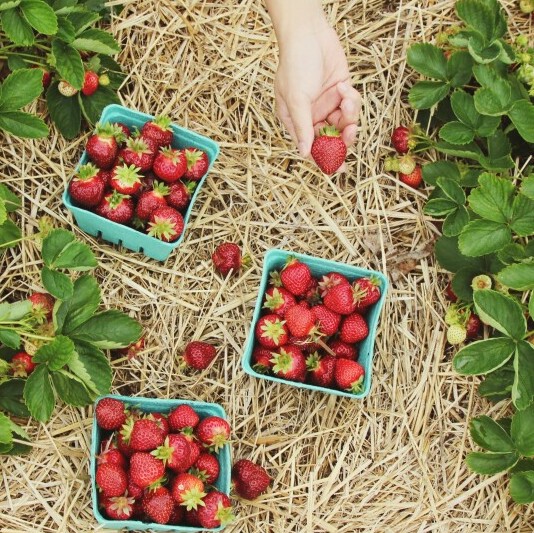
Fruit gardens are a great way to grow your own fresh fruit. They can be grown in a variety of spaces, including containers and traditional garden plots. Some popular fruits to grow in a fruit garden include strawberries, blueberries, and raspberries. There are also those who like to use vertical space for their fruit garden and grow some of the many varieties of fruit trees available depending on where you live. Knowing how to grow and maintain these trees can keep your fruit garden producing for years and years to come!
Overall, there are many different types of gardens to choose from, and each has its own unique features and benefits. Whether you’re looking to grow your own fresh produce or simply add some beauty to your outdoor space, there’s a garden type that’s right for you.
Garden Elements
When it comes to gardens, there are several elements that make up the overall look and feel. These include plants and flowers, trees and shrubs, lawn and ground covers. Each of these elements plays an essential role in creating a beautiful and functional garden space.
Plants and Flowers
Plants and flowers are the most obvious elements of a garden. They provide color, texture, and fragrance, making the garden a sensory experience. When choosing plants and flowers, it’s important to consider the climate, soil type, and amount of sunlight the garden receives. Some popular choices for garden plants include roses, daisies, and tulips. Your plants and flowers are going to largely depend on your use of the space, the budget for the project as well as maintenance projections.
Trees and Shrubs
Trees and shrubs are another key element of a garden. They provide structure and height, creating a sense of depth and dimension. Trees and shrubs can also provide shade, which is especially important in hot climates. Some popular choices for garden trees and shrubs include oak trees, maple trees, and boxwood shrubs.
Lawn and Ground Covers
The lawn and ground covers are the foundation of a garden. They provide a green backdrop for the other elements of the garden and help to tie everything together. When choosing a lawn and ground cover, it’s important to consider the amount of foot traffic the area will receive, as well as the amount of sunlight and water it will receive. Some popular choices for garden lawns and ground covers include Bermuda grass, clover, and creeping thyme.
Overall, a garden is a combination of these elements, carefully arranged to create a beautiful and functional outdoor space. By considering each of these elements and choosing the right plants, trees, and ground covers, we can create a garden that is both visually stunning and practical.
Garden Care
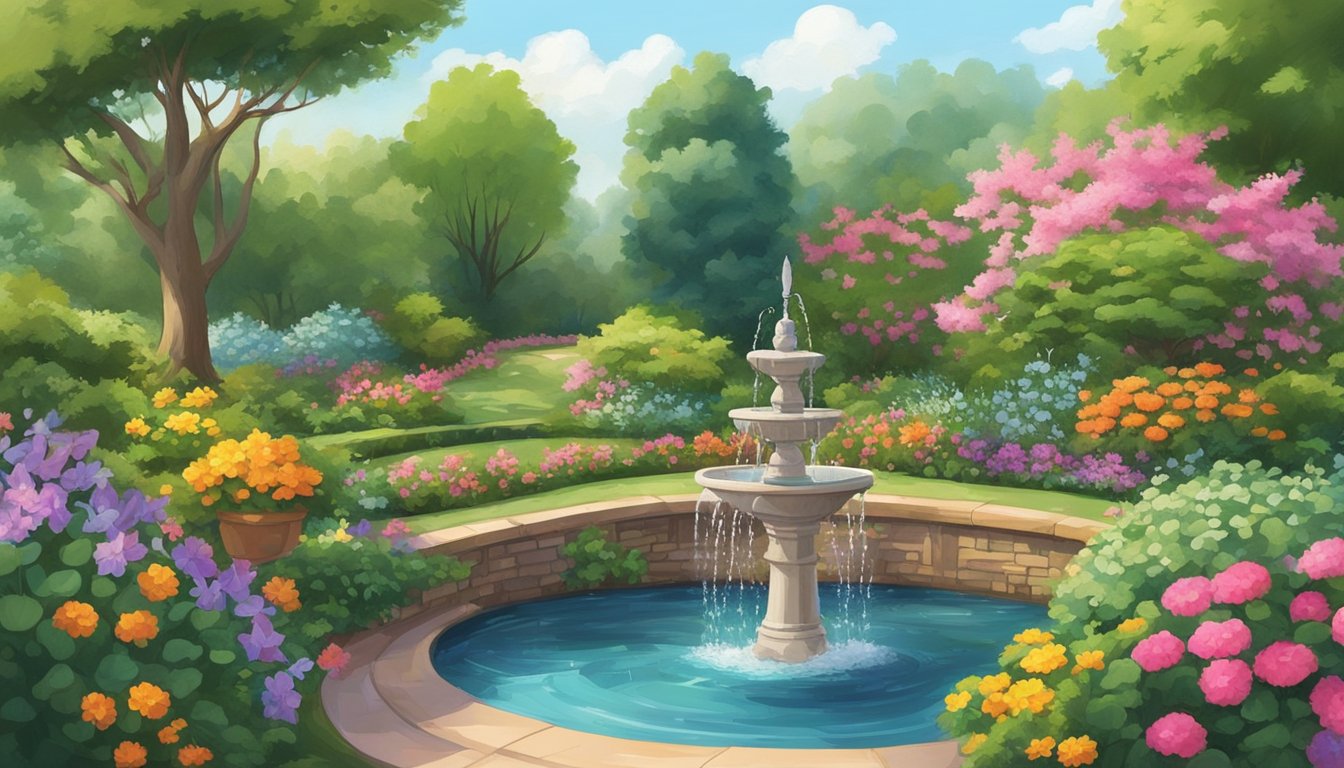
Soil Management
One of the most important aspects of garden care is soil management. Without healthy soil, plants will not thrive. We recommend testing your soil to determine its pH level and nutrient content. Based on the results, you can add organic matter, such as compost or manure, to improve soil health. Additionally, rotating crops can help prevent soil-borne diseases and pests.
Watering Practices
Proper watering practices are crucial for plant growth and health. We recommend watering deeply and infrequently, rather than shallowly and frequently. This encourages deeper root growth and allows plants to better withstand drought conditions. It’s also important to water at the base of the plant, rather than overhead, to avoid fungal diseases.
Weed Control
Weeds can quickly take over a garden and compete with plants for nutrients and water. Regular weeding is important for garden care. We recommend using a combination of hand-weeding and mulching to control weeds. Mulching also helps retain moisture in the soil and can improve soil health as it breaks down.
Pest and Disease Management
Pests and diseases can wreak havoc on a garden if left unchecked. Integrated pest management (IPM) is a holistic approach to pest and disease management that involves preventing and managing problems using a combination of cultural, physical, biological, and chemical controls. We recommend using IPM practices, such as crop rotation, companion planting, and natural predators, to manage pests and diseases in your garden.
Overall, proper garden care involves attention to soil management, watering practices, weed control, and pest and disease management. By following these practices, we can create a healthy and thriving garden.
Gardening Tools and Equipment
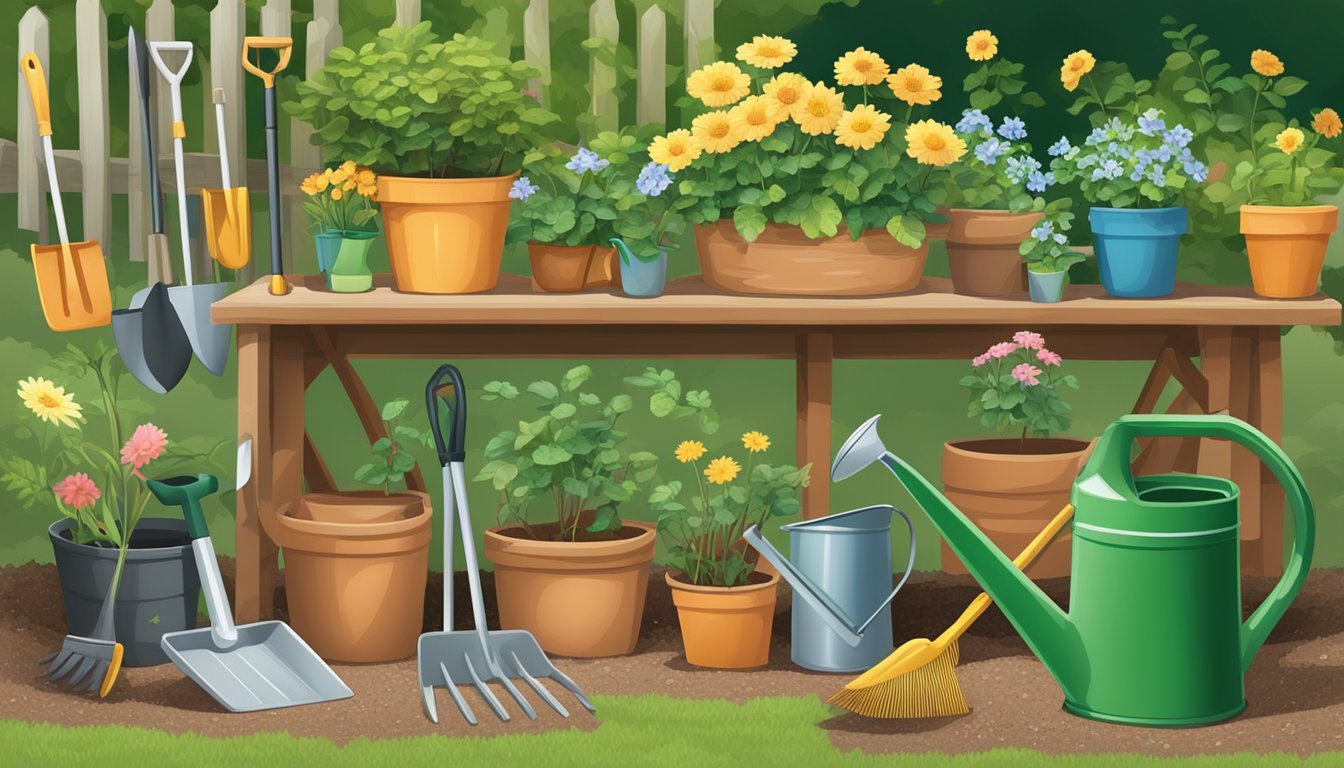
As gardeners, we know that having the right tools and equipment is essential to create a beautiful and thriving garden. Here are some of the must-have gardening tools and equipment that every gardener should own:
Hand Trowel
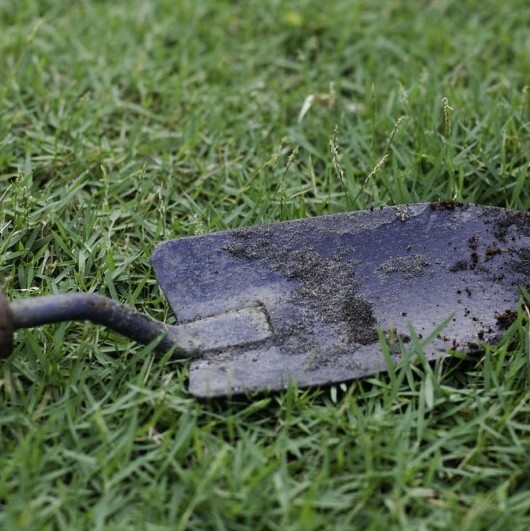
A hand trowel is a versatile tool that is perfect for digging, scooping soil, removing weeds, and planting. It comes in different blade shapes, with long or short handles, measuring gauges for seed and bulb depth, hanging holes, and various other features. We recommend choosing a trowel with a sturdy blade made of stainless steel that will cut into the soil easily, as well as one that has a comfortable grip.
Garden Fork
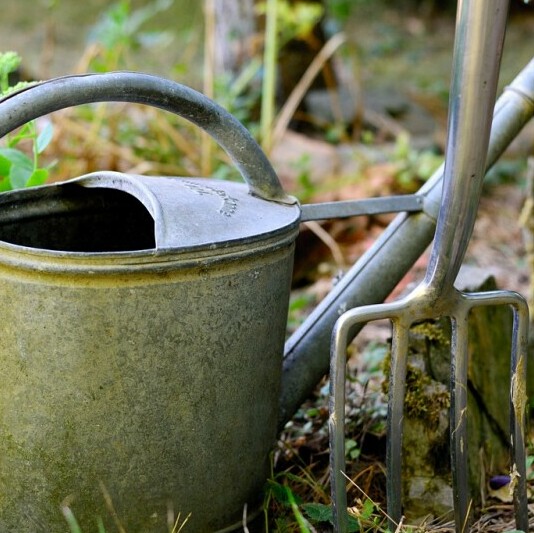
A garden fork (aka, pitchfork) is a tool that is used for loosening and aerating soil, as well as digging up root crops such as potatoes. It is also useful for turning compost piles and spreading mulch. We suggest selecting a garden fork with sturdy tines that won’t bend or break, and a comfortable grip.
Pruning Shears

Pruning shears are essential for maintaining the health and shape of plants by removing dead or diseased branches, shaping bushes, and cutting back perennials. They come in different sizes and styles, and we recommend choosing a pair that fits comfortably in your hand and has sharp blades for clean cuts. Maintaining pruning shears is very important to extend their lifespan.
Garden Gloves

Garden gloves are an important tool that protects your hands from cuts, scrapes, and blisters while working in the garden. They also provide a barrier against thorns, insect bites, and other hazards. We suggest selecting gloves that are made of durable materials, fit well, and allow for dexterity.
Watering Can or Hose

Water is essential for the health and growth of plants, and a watering can or hose is necessary to deliver it to your garden. We recommend choosing a watering can or hose that is easy to use and has a controllable flow of water.
In summary, having the right tools and equipment is crucial for creating and maintaining a beautiful garden. By investing in high-quality tools and equipment, we can ensure that our garden thrives and provides us with joy and beauty for years to come.
Happy gardening, dear readers, and may your gardens be filled with endless joy, beauty, and a touch of enchantment.
Do you have any recommendations or feedback to add to the discussion? Then comment below! I answer every comment. You can also email me at randi@fairycirclegarden.com or send me a message through Facebook or Instagram as well!
Did you like this article? Please share it on your favorite social media page using the buttons below! Please follow us on social media for more great content, you can use the links at the top right to follow us on Facebook, Twitter, Instagram, Pinterest and Gab!
Thank you so much for taking the time to read my article and spend time on my website, I am so thankful for each and every one of you!
Gratefully,
Randi
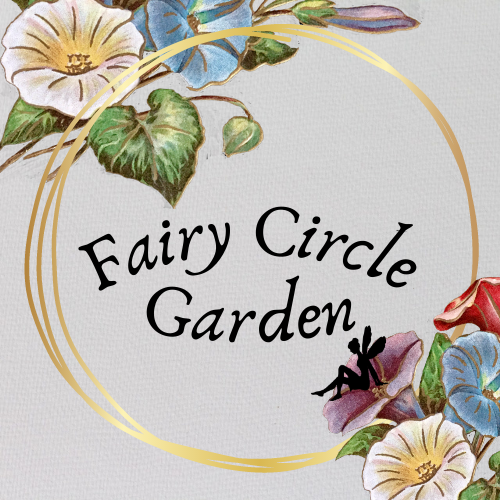
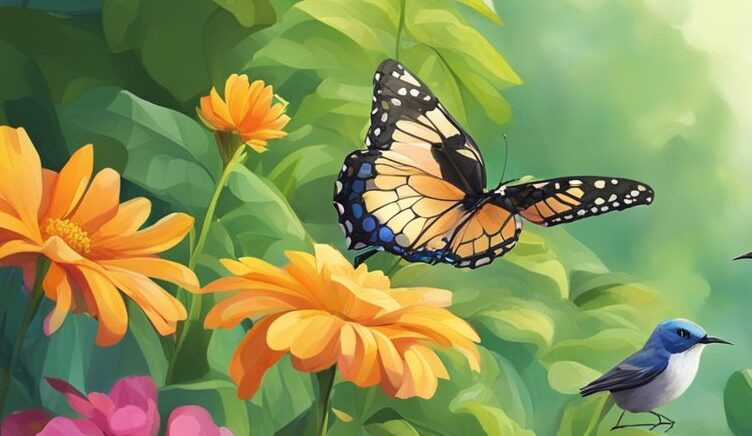
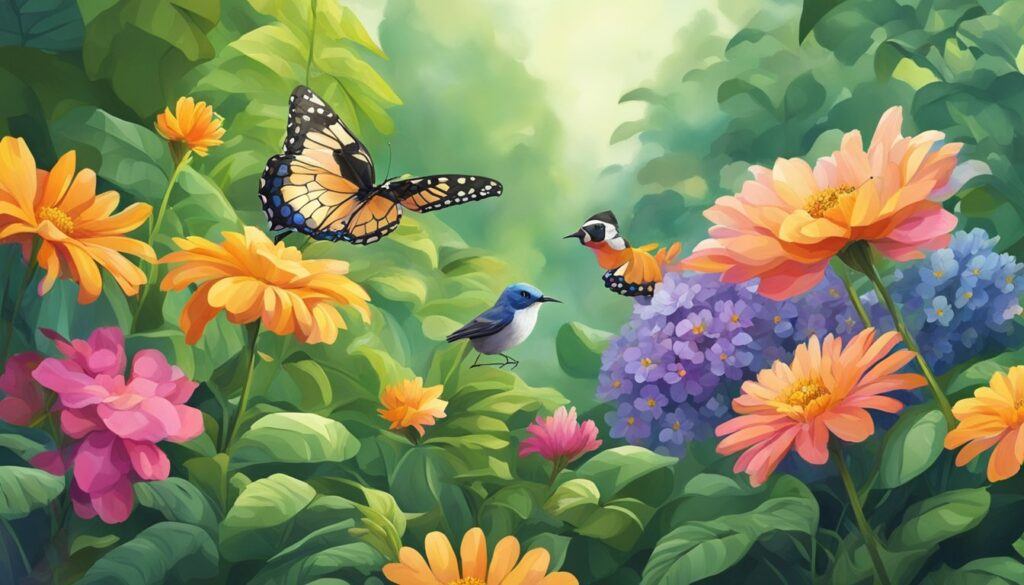
Hello! your comprehensive guide beautifully captures the essence and diversity of gardens, emphasizing their role as planned spaces for cultivating, displaying, and enjoying nature. It adeptly covers various garden types, from vegetable and flower gardens to herb and fruit gardens, offering insights into each with practical advice. Finally, it expertly introduces essential gardening tools and equipment, showcasing their importance for a successful gardening experience. Your passion for gardening is evident throughout, creating an engaging and informative read for both experienced and novice gardeners. Thank you for sharing!
Why thank you so much! I do have a passion! I love that I get to share that passion with you, and I hope you come back for more Fairy Garden content!